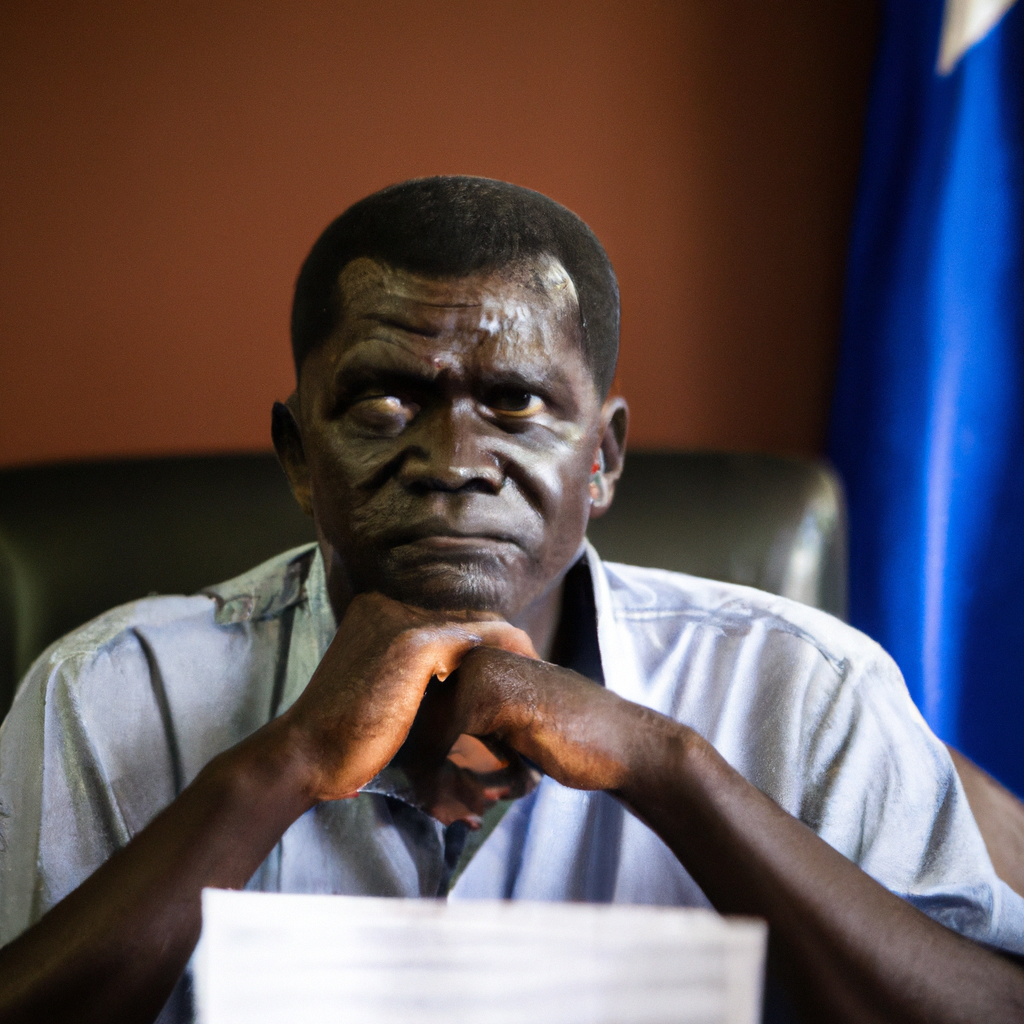The African Development Bank (AfDB) has announced its support for a critical power interconnector project between South Sudan and Uganda, covering 299 kilometers. This infrastructure is expected to strengthen energy security and promote trade between the two nations. By enhancing access to reliable electricity, it will also bolster economic growth in both countries. The project aligns with regional objectives to increase power accessibility and initiate sustainable development initiatives in East Africa. This significant investment is anticipated to mitigate electricity shortages and foster a favorable environment for business and investment.
Project Overview
The power interconnector aims to link the national grids of Uganda and South Sudan, facilitating the transfer of electricity. As Uganda possesses surplus power generation capabilities, primarily from hydroelectric sources like the Nile, this interconnector will allow South Sudan to benefit from Uganda’s electricity surplus. Currently, South Sudan faces challenges regarding energy access, with only a fraction of its population connected to the national grid.
Key aspects of the interconnector project include:
- Length: The interconnector will span 299 kilometers.
- Capacity: It is expected to have a significant capacity for electricity transfer, essential for economic activities in South Sudan.
- Stakeholders: The project involves multiple stakeholders, including the Ugandan and South Sudanese governments, AfDB, and various private entities.
Economic Implications
The anticipated benefits from this interconnector are significant for both countries. For Uganda, the interconnector will open up new export markets for electricity, providing a chance to capitalize on its surplus production. South Sudan, on the other hand, stands to gain from enhanced energy reliability, which can spur industrial growth and social development.
Moreover, the interconnection will support various sectors such as:
- Manufacturing: Reliable power can enable the establishment and growth of local industries.
- Agriculture: Improved energy access can enhance agricultural productivity through modern irrigation systems.
- Health Services: Consistent electricity supply is critical for hospitals and clinics, improving health service delivery.
Environmental Considerations
While the project presents numerous opportunities, it also raises concerns regarding environmental sustainability. It is crucial for the implementing agencies to conduct thorough environmental assessments to ensure that the construction and operation of the power line do not adversely affect local ecosystems. This will include considerations for wildlife habitats and water bodies along the route of the interconnector.
The AfDB has emphasized the importance of integrating environmental impact assessments as part of the project planning process. By promoting clean energy and sustainability, the initiative aligns with regional efforts to combat climate change while delivering essential services.
Future Prospects
The completion of the power interconnector is seen as a cornerstone for deeper regional integration in East Africa. This project not only has the potential to improve cross-border electricity trade but could also pave the way for further collaborations in infrastructure development across the region.
Additionally, as regional cooperation strengthens, the success of this interconnector could inspire similar projects among neighboring countries. The excitement surrounding this initiative underscores a collective movement towards enhanced energy cooperation in East Africa, pivotal for achieving the goals of the African Union’s Agenda 2063.
The successful implementation of the power interconnector between South Sudan and Uganda represents a crucial step toward energy security, economic growth, and regional integration in East Africa. With support from the AfDB, this project is set to contribute positively to the development narratives of both nations, providing sustainable energy solutions and fostering future economic resilience.










